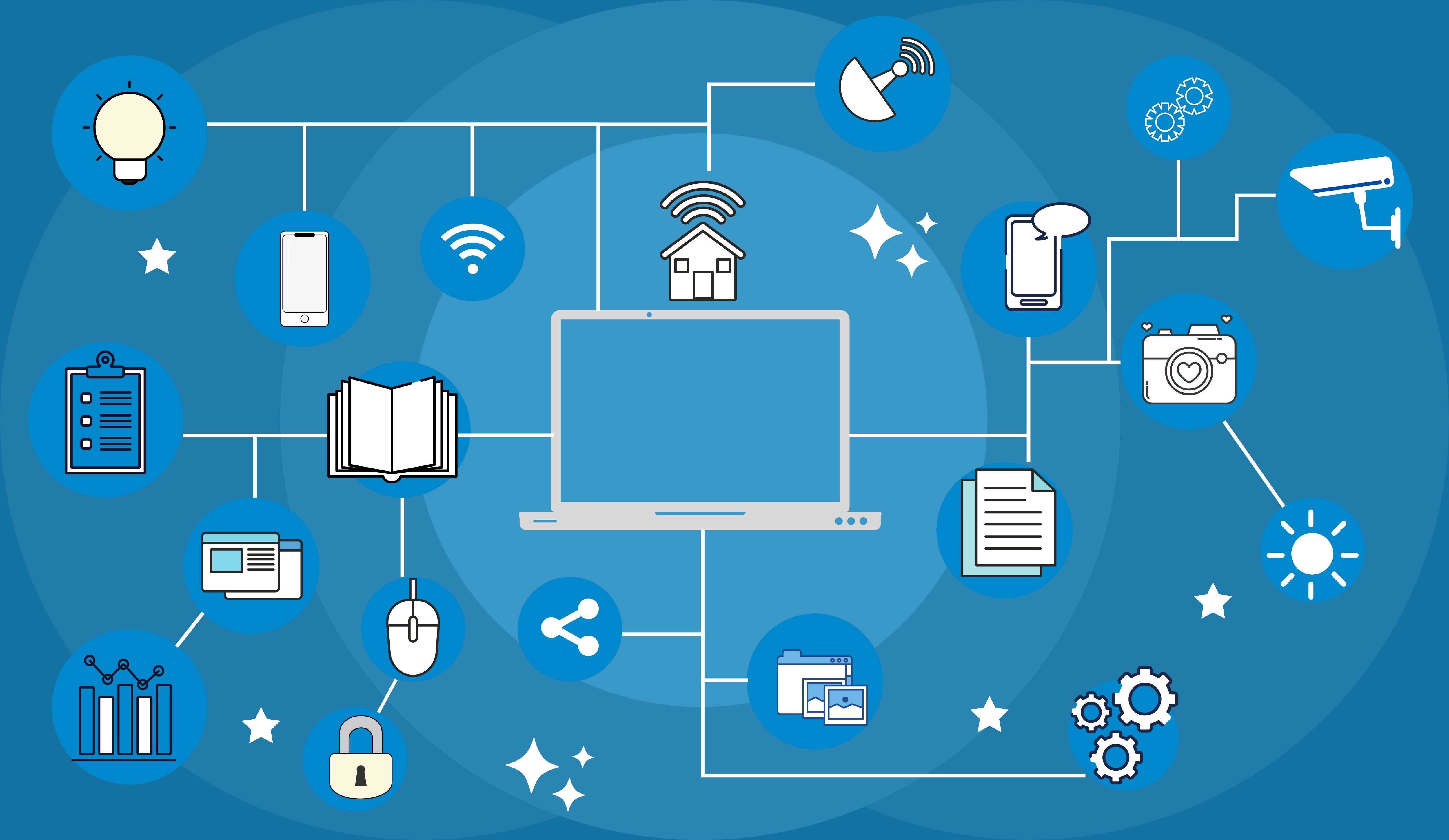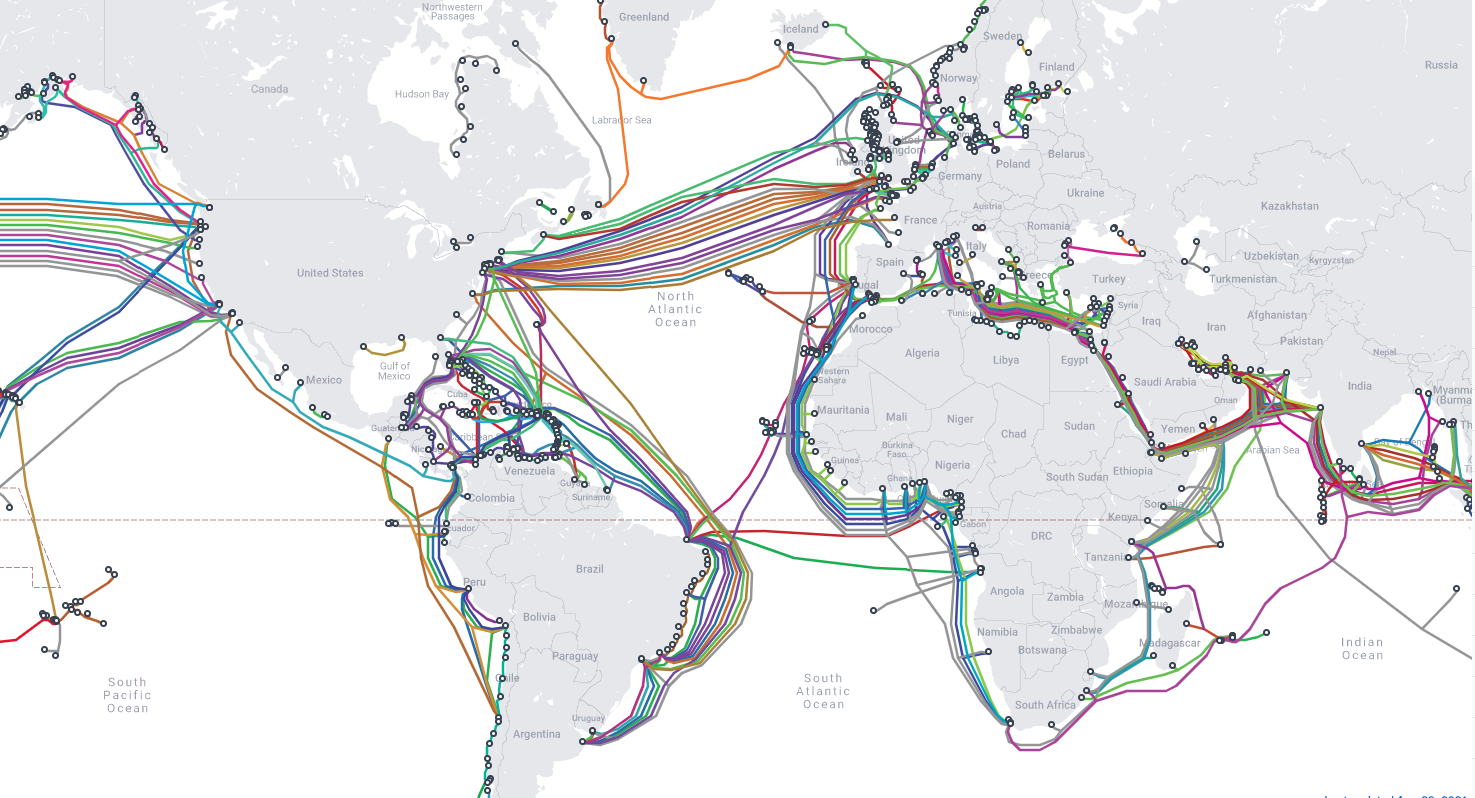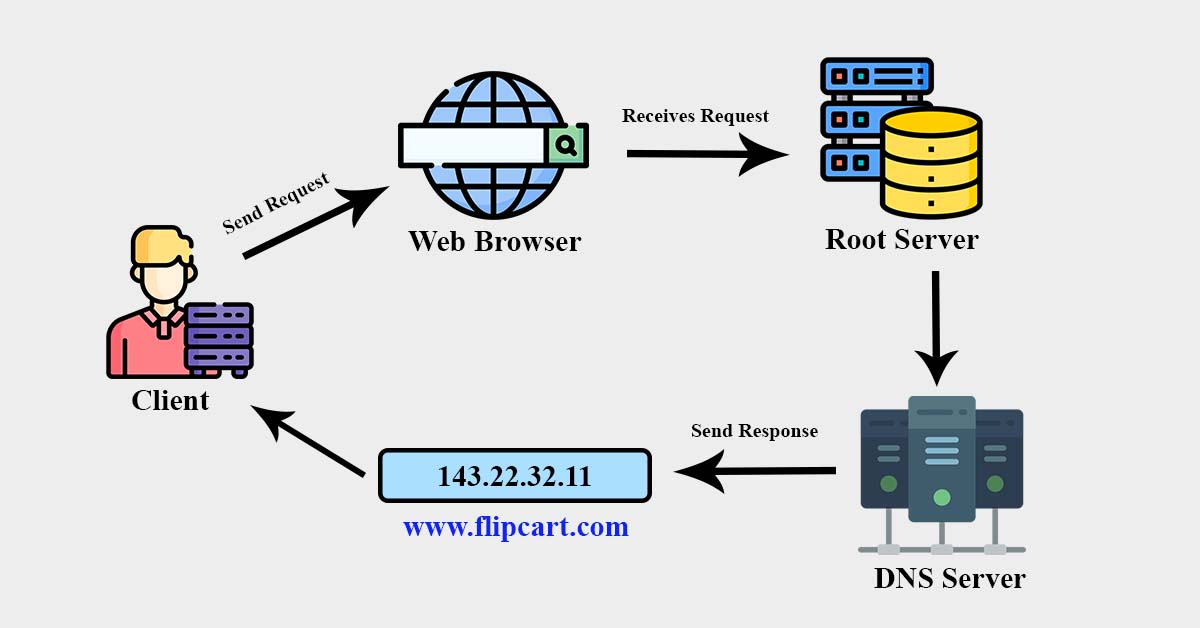What is Internet❓ How it works❓
 Binit Kumar Shirsath
Binit Kumar Shirsath
First of all, here's the bookish definition: The internet is a global network of interconnected computers and devices that allows information sharing and communication.
Here we need to focus on the term: Network.
Suppose we have two computers A 💻and B 🖥️, and we connect them with a wire (Ethernet cable), they form a simple network, often referred to as a point-to-point network. This allows the two computers to communicate and share data directly with each other.
Point-to-point connection diagram :

Network 📶
So in simpler terms, a network is a group of devices (like computers 💻, smartphones 📱, or printers 🖨️) that are connected, allowing them to communicate and share information with each other.
Interconnected🪢
"Inter-" means "between" or "among."
Interconnected refers to the connections between elements that are external or outside of a specific system or entity.
It involves linking separate systems or entities to enable communication and data exchange across different entities.
How do we access the internet ❓
When we get a new internet connection (referring to Wi-Fi), the first step is receiving a cable that connects to our router. But have you ever wondered where these cables get the internet from? That's where the magical concept comes into play. There are thousands and lakhs of big cable wires spread across the earth, connecting from one place to another, even spanning continents and stretching below the ocean depths. These massive undersea cables form the backbone of the internet, allowing global data exchange and enabling us to access information from virtually anywhere in the world. It's fascinating to think about how interconnected our world has become through these vast networks of cables, making the Internet an essential part of our daily lives
Internet cable map :

Now you may wonder where these big cables get internet from.
These big undersea cables do not generate internet themselves but serve as the essential infrastructure for transmitting data between continents and allowing global internet connectivity. They play a crucial role in enabling the flow of information across the world, making the Internet a truly global network.
Server🖥
Now, if multiple computers have formed a network, you might require a special computer that remains 24/7 active, handling incoming requests and providing data in response. This dedicated computer is commonly known as a server. Servers play a crucial role in networks, serving as central hubs that store, process, and distribute data and services to connected devices, ensuring efficient communication and resource sharing within the network
Client👤
In the formed network, some computers might need specific data from the server. When a computer wants to obtain particular data, it sends a request to the server. The computer making the request is called a client. Clients can be either end-users or devices that seek access to resources, data, or services provided by the server.
When a client sends a request to the server, the server processes the request and then sends back the requested data or service to the client. This client-server interaction is a fundamental concept that underpins many networked applications and services, both on the Internet and within local area networks. It allows devices and users to communicate and exchange information efficiently, enabling seamless access to shared resources and functionalities within the network.
IP address 🏠
Now that we have discussed clients and servers, let's consider the scenario where there are numerous computers within a network. The challenge arises in distinguishing and identifying each of these computers effectively. Here is where the concept of an IP address comes into play.
IP address, short for Internet Protocol Address, serves as a unique numerical label for each device connected to a computer network. Its primary purpose is to enable devices to find and communicate with one another. Much like how a home address helps in locating a specific house, an IP address allows data to be sent and received between different computers, smartphones, or any other devices linked to the internet or the network. By using IP addresses, devices can establish connections, exchange information, and ensure seamless communication across the entire network.
How the Internet works❓
For understanding how the internet works, we need to introduce something called as DNS, The DNS is a system that translates human-readable domain names (e.g., www.example.com) into IP addresses (e.g., 192.0.2.1).

Let's consider a scenario where a client wants to visit flipkart.com. To do this, the user enters "flipkart.com" into the web browser's search bar and clicks enter. Now, the question arises: How does the request reach the correct website?
The process begins with the user's device, which is connected to the Internet through an Internet Service Provider (ISP) such as Jio or Airtel. The ISP acts as an intermediary, facilitating the transmission of data between the user's device and the rest of the internet.
The request for flipkart.com is sent to the DNS (Domain Name System) server through the ISP. The DNS is like a large dictionary that contains all the website names and their corresponding IP addresses. Its primary role is to translate human-readable domain names (e.g., flipkart.com) into IP addresses (e.g., 203.87.41.62), which are the unique numerical identifiers of each website's server on the internet.
The DNS server looks up "flipkart.com" in its records and finds the associated IP address. Once the IP address is located, the DNS server sends it back to the user's device.
With the obtained IP address, the user's device sends a request directly to the server hosting Flipkart, identified by the IP address. The request reaches Flipkart's server, which processes the request and sends back the website's content as a response.
Finally, the user's web browser receives the response from the server and displays the Flipkart website, allowing the user to browse and interact with the site.
Conclusion⬇️
We studied that the internet is a vast global network of interconnected computers and devices. These devices communicate and share information, enabling us to access various online resources, services, and websites. Servers act as central hubs that store, process, and distribute data and services to connected devices. Clients, on the other hand, are the end-users or devices that seek access to these resources and services. IP addresses play a crucial role in identifying and locating devices on the internet, allowing for efficient communication and data exchange.
Furthermore, the explanation of how DNS works to translate domain names into IP addresses for accurate website access is well-presented and insightful. The process of accessing websites and exchanging data between devices through ISPs and undersea cables is described in a simplified and easily understandable manner.
Reference🧾
Image references:
Subscribe to my newsletter
Read articles from Binit Kumar Shirsath directly inside your inbox. Subscribe to the newsletter, and don't miss out.
Written by
